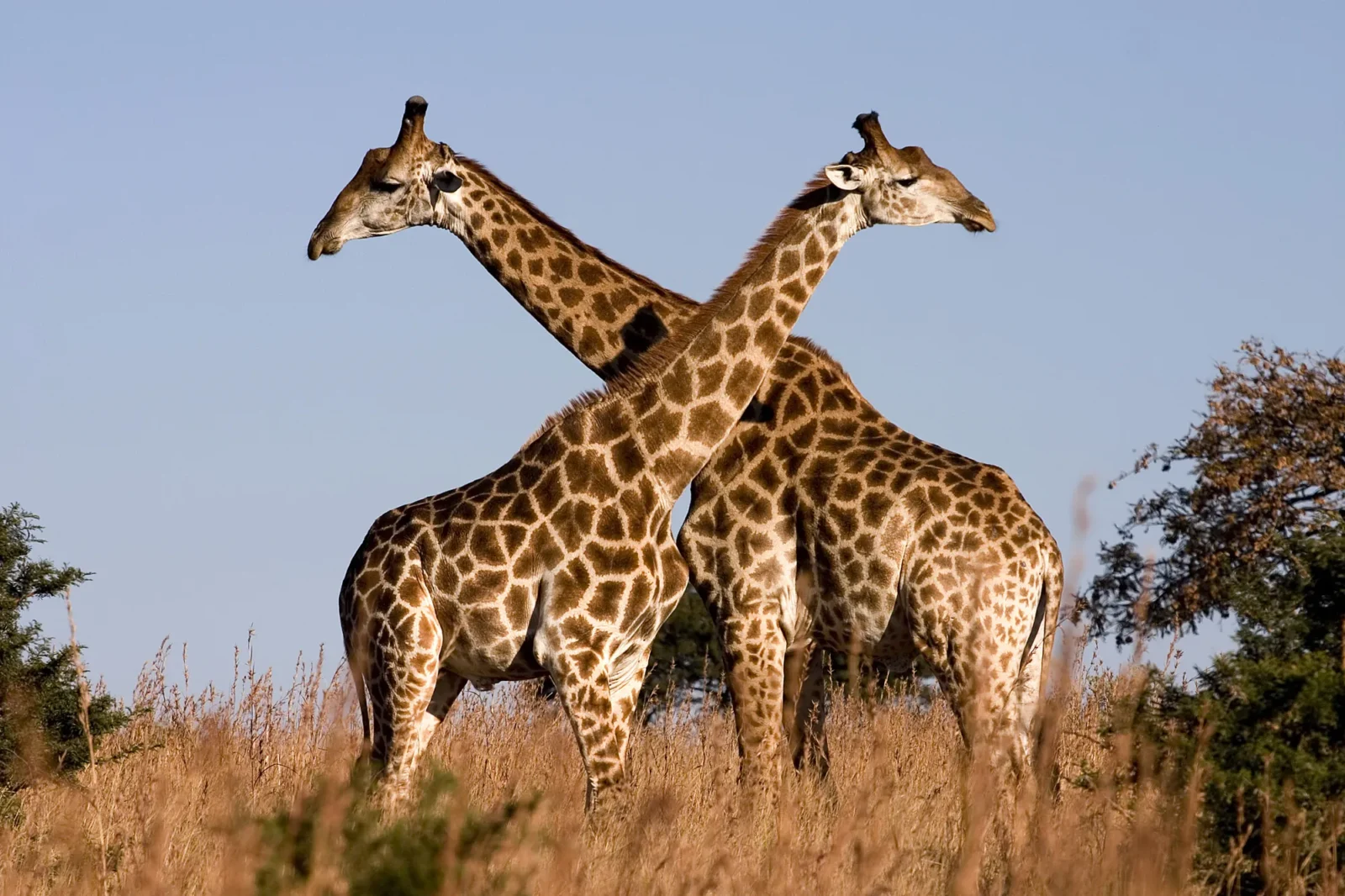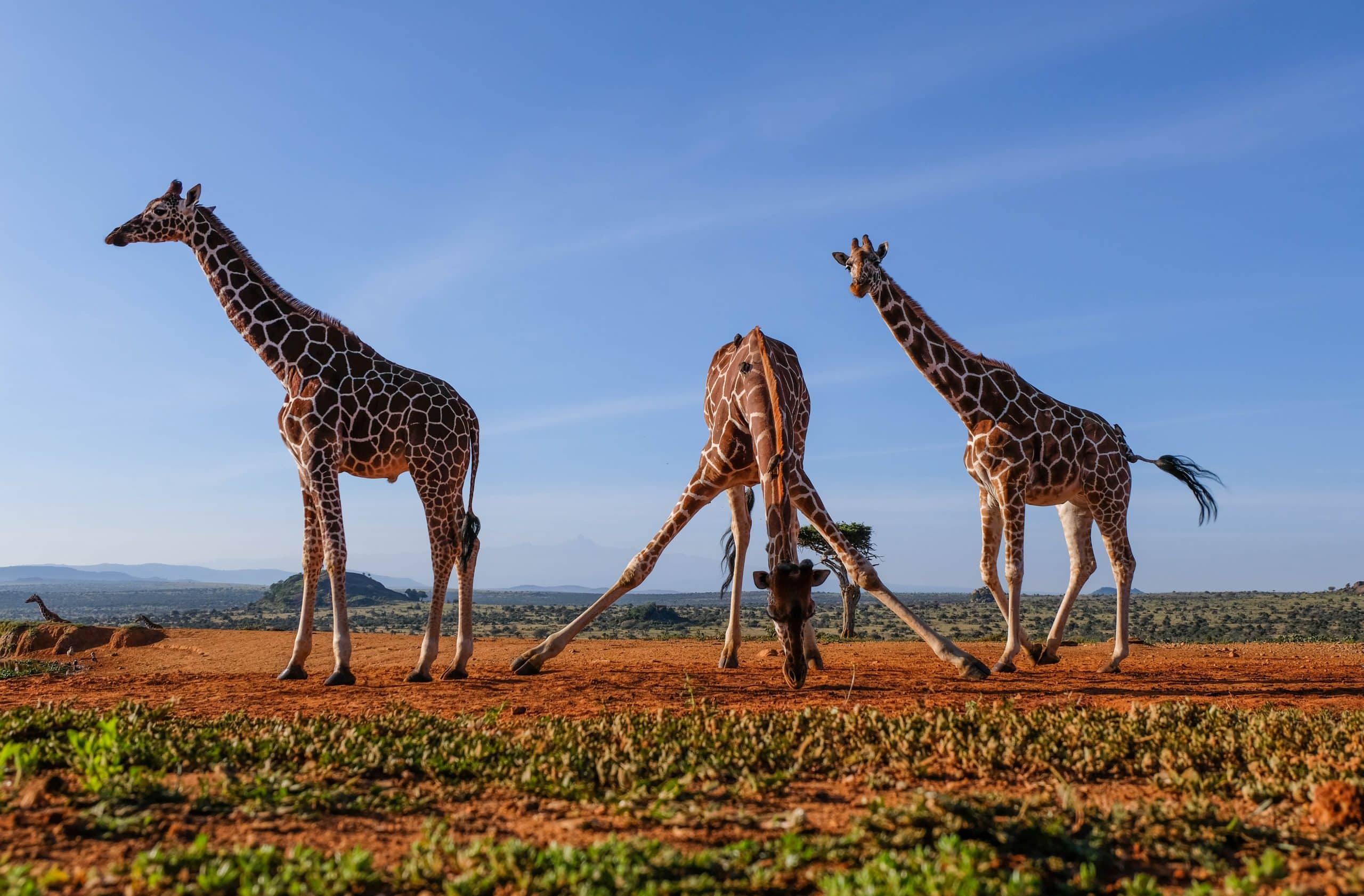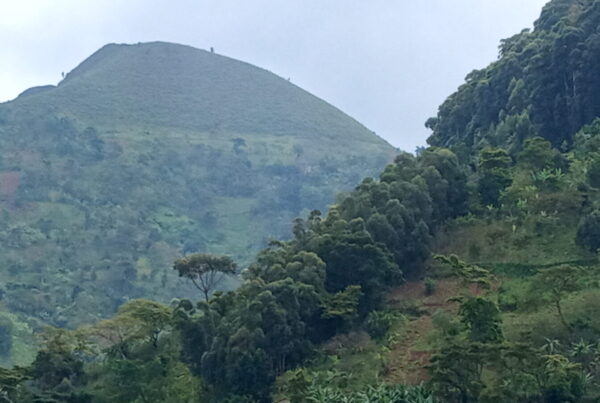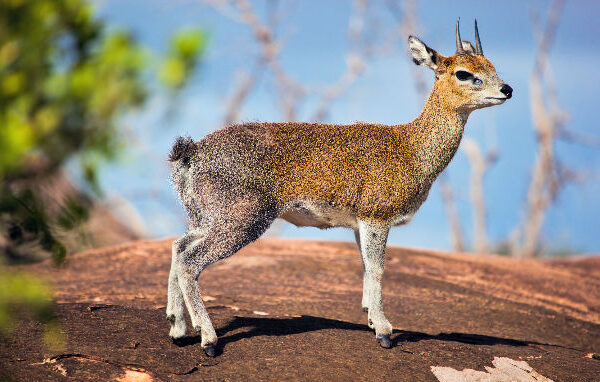Where To See Giraffes in Africa – The 10 Best Places To Go
Among Africa’s most iconic and majestic creatures, the giraffe stands tall—both literally and symbolically—as a figure of elegance, serenity, and ecological significance. With their distinctive patchwork coats, elongated necks, and calm, observant demeanor, giraffes capture the imagination of all who encounter them. Yet, despite their popularity, many travelers are unaware that giraffe populations are spread across distinct regions, each home to subspecies that differ subtly in color, size, and behavior.
The opportunity to see giraffes roaming freely in their natural habitat is a powerful and humbling experience. Watching them glide across the savannah, browsing acacia trees with delicate tongues, or casting long shadows in the golden evening light is nothing short of magical. Africa offers a diversity of habitats in which giraffes thrive—from dry desert woodlands to lush riverine forests, and each ecosystem tells a different story of coexistence between wildlife, environment, and conservation.
The following ten destinations are recognized not only for their high visibility of giraffes but also for the quality of safari experience they provide. These are the places where Africa’s tallest animals can be admired with intimacy, respect, and wonder, within landscapes that speak to the ancient rhythms of the wild.
Kruger National Park, South Africa: A Southern Giant’s Sanctuary
One of Africa’s most celebrated wildlife reserves, Kruger National Park is home to large populations of the South African giraffe, easily identified by their star-shaped spots. These giraffes are seen throughout the park, particularly in the central and southern regions, where mixed woodland and savannah landscapes support ample food sources.
The park’s extensive road network, guided tours, and numerous rest camps make it an ideal location for consistent sightings. Herds often wander near rivers and watering holes, where giraffes tower over other herbivores as they bend awkwardly to drink. In Kruger, the giraffe is more than just another sighting—it becomes a thread in the broader tapestry of predator-prey interactions and ecological complexity that defines this incredible reserve.
Etosha National Park, Namibia: Watching Shadows Across Salt Pans
In the arid heart of northern Namibia lies Etosha National Park, a strikingly unique ecosystem centered around a vast salt pan that transforms into a seasonal wetland. Giraffes are regularly observed along the southern edges of the pan, where isolated watering holes attract a wide range of animals during the dry season.
The giraffes of Etosha are particularly photogenic, often silhouetted against pale, dusty backdrops or seen in contrast with ghostly mirages. Their survival in this dry, seemingly inhospitable environment is a testament to their adaptability. Observing these creatures here evokes a deep appreciation for the ways in which nature balances elegance with endurance.
Serengeti National Park, Tanzania: Giants on the Endless Plains
Few experiences rival that of seeing Masai giraffes striding through the boundless horizons of the Serengeti. Known for their irregular, jagged spot patterns and immense stature, these giraffes inhabit one of the world’s most iconic wildlife landscapes.
In the Serengeti, giraffes are often seen moving alongside wildebeest herds during the great migration, browsing treetops far from the reach of other herbivores. The open plains offer perfect visibility, and the richness of biodiversity in the region means giraffe sightings are often accompanied by interactions with lions, elephants, and other megafauna. The Serengeti transforms giraffe viewing into a cinematic spectacle of raw nature and ancient migratory patterns.
Masai Mara National Reserve, Kenya: Giraffes in the Golden Light
Just across the border from the Serengeti, Kenya’s Masai Mara offers similarly rich giraffe-viewing opportunities, with the added cultural depth of the Maasai people, who have coexisted with wildlife for generations. Giraffes here are seen gracefully crossing open grasslands, often in groups that appear to move in synchronized silence.
The golden hue of the Mara’s light at sunrise and sunset casts giraffes in an almost mythical glow. Watching these animals move across ridgelines with rolling hills behind them provides a powerful connection to a timeless African landscape. The Masai Mara doesn’t just deliver sightings—it delivers moments that linger in memory.
Murchison Falls National Park, Uganda: Towering Above the Nile
In Uganda’s largest national park, Murchison Falls, giraffes reign as the park’s defining mammals. The park is home to the Rothschild’s giraffe, a rare subspecies once critically endangered but now making a recovery thanks to dedicated conservation efforts. Their pale coats and distinct lack of markings on the lower legs make them easy to identify.
The giraffes of Murchison are frequently seen on the Buligi Peninsula and along the banks of the Nile, where their long necks rise above the tall grass in peaceful contrast to the thunderous roar of the nearby falls. Boat cruises and game drives alike provide excellent encounters, and the presence of the Nile adds a dynamic, water-rich dimension to the viewing experience.
Nairobi National Park, Kenya: Wildlife with a City Skyline
Nowhere else in the world can giraffes be seen browsing against a backdrop of city skyscrapers—a surreal but poignant sight that defines Nairobi National Park. Just minutes from Kenya’s capital, the park is home to a healthy population of giraffes, along with rhinos, lions, and hundreds of bird species.
The giraffes here symbolize the delicate balance between urban expansion and conservation. Their presence amid city life serves as both inspiration and warning, reminding visitors that coexistence is possible when nature is prioritized. For travelers with limited time or those seeking an introduction to African wildlife, Nairobi National Park offers one of the most unique giraffe encounters on the continent.
Zambezi River Region, Zambia: A Forested Realm of Browsers
Zambia’s Zambezi River corridor, including parks like Lower Zambezi and South Luangwa, offers some of the most dramatic and intimate giraffe sightings in Africa. The Thornicroft’s giraffe, endemic to Zambia, is especially rare and found only in this region, distinguished by its light coat and uneven blotches.
Giraffes in this region are seen weaving through riverine forests, silhouetted against fiery sunsets, or standing among elephants and buffalo at remote waterholes. The setting is quieter, less trafficked, and far more intimate than the more famous East African parks, making every giraffe encounter feel like a secret shared with the wilderness itself.
Okavango Delta, Botswana: Islands of Life in a Sea of Water
Botswana’s Okavango Delta is a UNESCO World Heritage Site unlike any other, and within its maze of lagoons, floodplains, and forested islands, giraffes move with deliberate grace. Sightings in the delta feel more like discoveries, as the terrain shifts between water and dry land, requiring patience and understanding of animal movement.
Giraffes are most frequently seen browsing among island trees or crossing shallow floodplains in slow-motion elegance. The contrast of long-limbed mammals against aquatic backdrops creates photographic and spiritual experiences that are rare and breathtaking. Here, safari takes on a more elemental, almost dreamlike quality.
Kidepo Valley National Park, Uganda: A Wild Frontier Untouched
Far off the beaten path, Uganda’s Kidepo Valley remains one of the continent’s most isolated and unspoiled wilderness areas. It offers a raw, rugged safari environment where giraffes are seen alongside dramatic mountain backdrops, dry riverbeds, and thorny acacia groves.
The remoteness of Kidepo ensures that every wildlife sighting feels like a personal encounter. Giraffes roam freely across the Narus Valley and beyond, their movements unimpeded by vehicles or crowds. Here, Africa’s wild heart beats strongest, and the sight of giraffes wandering across the untouched terrain evokes a deep sense of solitude and wonder.
Selous Game Reserve (Nyerere National Park), Tanzania: Silent Giants of the South
As one of the largest protected areas in Africa, Nyerere National Park (formerly Selous) offers vast wilderness and a strong population of giraffes, often seen in large numbers along the Rufiji River. The reserve’s mixture of miombo woodland, open plains, and watercourses supports excellent giraffe habitat.
Game drives and boat safaris allow for diverse viewing angles, from water-level reflections to elevated ridgeline perspectives. The giraffes here are part of a much broader ecological story—one of predation, migration, and seasonal cycles that play out on an epic scale. Observing them in this vast, untamed expanse adds a layer of mythic scale to the giraffe experience.
See the Wild Through Their Eyes: Book with WildHorn Africa
Whether glimpsed on golden plains, reflected in watery deltas, or silhouetted against urban skylines, giraffes embody the grace, resilience, and splendor of Africa itself. Their presence adds poetry to every safari, and their stories—of survival, adaptation, and mystery—enrich every journey across the continent.
For those who seek more than just a safari, but a deeper connection to Africa’s landscapes and legends, WildHorn Africa crafts custom journeys that bring travelers face-to-face with the continent’s towering giants and untamed beauty. From private game reserves to national parks rich in biodiversity, every itinerary is designed with care, passion, and deep local insight.
Book your giraffe-filled African adventure with WildHorn Africa today—and let the journey rise as tall and unforgettable as the creatures that inspire it.





 WildHorn Africa – Authentic and unforgettable tours across Africa, guided by local experts who know the land, wildlife, and culture best.
WildHorn Africa – Authentic and unforgettable tours across Africa, guided by local experts who know the land, wildlife, and culture best.


